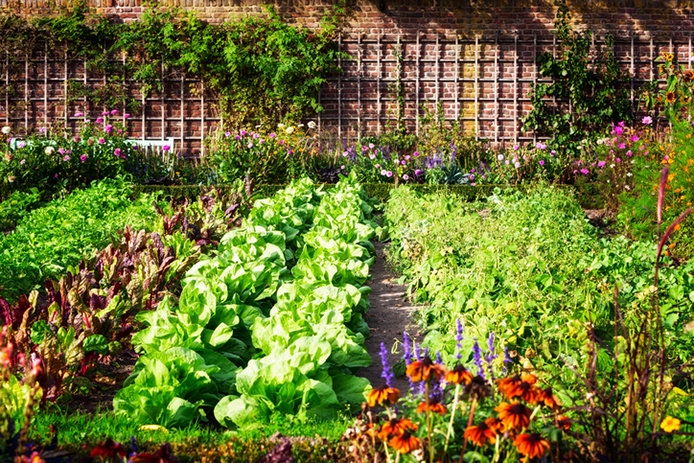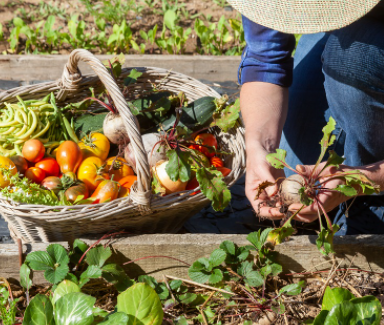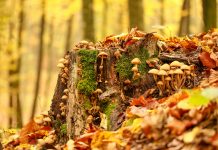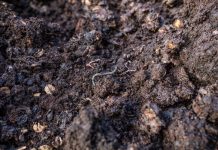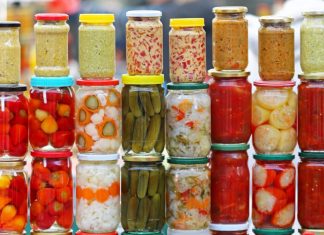When you live off the grid, you need to embrace sustainable living practices such as companion gardening – see more at bltlandscapes.com. It is not enough to have the necessary gardening supplies, crops, and experience growing plants. You need to be efficient with off-grid gardening to provide food for yourself and your family. Also, for landscaping services, it is best to see more at collinsbrookelandscape.com
Companion gardening which is available at Arellano Landscaping is a useful hack that lets you make the most of the resources (gardening space, plants, and soil) available to you when you are building a home garden. For instance, an expert like Drake’s 7 Dees offers garden nursery in Portland with great designs. Applying the principles of companion gardening can let you produce and harvest a more prosperous and more nutritional yield several times a year.
Keep reading to find out more about how companion gardening takes advantage of the mutually beneficial properties of crops when you are living off the grid.
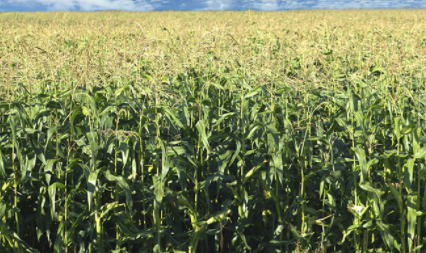
What is companion gardening?
Much like humans, plants have relationships with each other when they coexist in an ecosystem such as a garden. Some plants grow well together, where they can benefit each other mutually and encourage growth, and others do not.
For example, growing corn, pole beans, and squash together is a smart decision because corn gives pole beans a support structure to climb. In return, pole beans convert atmospheric nitrogen into a more plant-friendly form that corn and squash can absorb.
Finally, squash can serve as a living fertilizer that mulches your soil and helps it retain water. It is also known to keep weeds at bay.
Note: You can substitute squash with pumpkin as they belong to the same plant family.
The plant trio’s growing mechanisms detailed above are an example of companion gardening. Their positive attributes benefit each other to allow them to develop better together harmoniously.
Avoid cultivating disastrous crop combinations
Being familiar with the mechanics of companion gardening lets you avoid growing plants in your garden whose chemistry does not align with one another. For example, potatoes and tomatoes are not particularly fond of each other because potatoes slow down the growth of the tomato plant by competing for the same nutrients.
Meanwhile, potato is also incredibly susceptible to potato blight, which can be deadly if it spreads to the tomato plant. Similarly, carrots do not like sharing space with dill and parsnips because it pulls essential nutrients away from these plants.
When you live off the grid, you cannot afford to make gardening mistakes that lead to a failed harvest! Companion gardening helps you avoid disastrous crop combinations.
Growing vegetables with companion gardening
Growing vegetables that complement each other’s growth instead of bullying one another is important if you want a successful vegetable garden.
When you live off the grid, your primary concern with sustainable gardening will be to grow vegetables as they are a rich source of proteins, minerals, and vitamins.
It is unusual for you to go wrong with planting vegetables, but you need to be mindful of the following:
- Growth habits of your crops
- Nutrient requirements for your vegetables (so that they do not compete)
- The family your vegetables belong to
Being familiar with the pointers listed above will let you approach companion gardening with caution.
Tomatoes, carrots, onions, and chives
Tomatoes need a lot of space to grow, so do make sure that you section off a big part of your garden that is dedicated to producing only tomatoes. In combination with tomatoes, you will want to grow plants that do not take up too much space.
Onions, chives, and carrots are a good match because they grow underground without needing too much soil. Dill and basil are a good option as they protect your tomato crop from hornworms.
Tomatoes and onions are a staple in the kitchen because most meals will require either one of them, making this companion gardening combination incredibly resourceful.
Beans
Next, beans are a protein-rich vegetable that can be used to cook nutritional meals to keep yourself and your family healthy living off the grid. Fortunately, growing beans is easy and straightforward and does not require much maintenance.
Growing maize along with beans can provide a natural support structure (much like a trellis) that your beans can use to climb. Beans will grow well with cabbage, carrot, celery, chard, eggplant, radish, and pea plant as they do not compete heavily for the same nutrients.
Avoid growing your beans with onions, shallots, garlic, and leeks as they can stunt each other’s growth.
Potatoes, celery, and peas
Potatoes are a popular vegetable to grow because they can be used to prepare delicious meals. Throwing together potatoes and spices can be used to overcome your hunger in minutes.
However, potatoes are highly sensitive plants that typically do not grow well with many other plants such as asparagus, carrots, parsnips, kohlrabi, tomatoes, squash, turnips, and sunflowers.
On the other hand, beans, celery, peas, and garlic will do well close to your potato plant. Ideally, you will want to keep your potato crop as far away as you can from other plants in your garden. For pest control services, Bed Bug Exterminator Washington DC can be checked out!
Note: Potatoes are vulnerable to potato blight (a dangerous fungal infection), so be careful not to grow tomatoes close to your potato crop.
Conclusion
Companion gardening is highly beneficial when you are living off the grid because it enables plants to support each other by taking advantage of the following:
- Nitrogen fixation
- Pest control
- Provision of support (similar to a trellis)
The companion gardening combinations illustrated above help grow vegetables that can be used to sustain yourself and your family when you are living off the grid.


